DJI Avata 2 or the first generation Avata? We clarify the question of which drone is the better one and which of the two models you should buy for whom an upgrade is worthwhile.
The DJI Avata 2 (product page) is a direct successor to the DJI Avata (product page). Both models are very similar at first glance, but there are some significant differences. These differences can be decisive for the purchase decision. We compare the most important features of both drones for you and help you make your decision.
💡What you need to know
- The DJI Avata 2 is the technically better drone
- The only advantage of the Avata (1st generation): higher maximum speed
Size, weight and the drone class
Let’s start with the most obvious differences. These lie in the design and weight of the drone. The Avata 2 is slightly flatter and therefore appears more elongated. DJI has managed to reduce the weight of the drone from 410g (Avata 1) to 377g. Due to its release this year, a Cx classification is mandatory for the EU. Fortunately, the Avata 2 can look forward to a C1 label, which means that it can be operated in the Open A1 category without any problems.
This is also a decisive advantage of the successor model. This is because the first-generation Avata is considered an existing drone and can only be used in the A3 subcategory without an operating licence(what is SORA?) from this year (2024).
| DJI Avata 2 | DJI Avata | |
|---|---|---|
| Dimensions | 185 × 212 × 64mm | 180 × 180 × 80mm |
| Weight | 377g | 410g |
| Drone class | C1 | none |
👉 So if you don’t just want to fly the drone indoors, the Avata 2 is much more flexible in terms of legal regulations.
Flight performance
In our opinion, there are two decisive differences in flight performance. Firstly, the DJI Avata 2 is limited to a maximum flight speed of 19m/s by the C1 label. This corresponds to about 68km/h. The Avata 1, on the other hand, races through the air at up to 27m/s, which corresponds to an impressive 97km/h.
In return, the maximum flight time of the Avata 2 increases from 18 to 23 minutes compared to its predecessor. Sounds short at first, but corresponds to an increase of around 28%.
In terms of general flight behaviour, both drones are very similar. The differences lie more in the details. The Avata 2 is a touch smoother in the air and can handle stronger winds a little better.
| DJI Avata 2 | DJI Avata | |
|---|---|---|
| max. flight speed | 68.4km/h (in M mode) | 97.2km/h (in M mode) |
| max. flight time | 23 minutes | 18 minutes |
| max. range | 10km | 2km |
👉 If you are looking for maximum speed, you will have to make compromises with the Avata 2 due to the C1 classification and will have more fun with the first generation. Whether this outweighs the disadvantage of the lack of C1 classification depends on your usage behaviour. On the other hand, you will benefit from 5 minutes more maximum flight time with the successor.
Camera
Always in focus with drones: the camera. You can’t expect a revolution with the Avata 2, but you can expect another very successful development.
DJI has opted for a new sensor for the Avata 2, which is larger than its predecessor (1/1.3-inch to 1/1.7-inch). This ensures that the camera can capture more light, which benefits shots taken in poor or less light.
In terms of resolution, everything remains the same. Photos are taken in 12MP and videos can be recorded in 4k at up to 60fps – but now also in HDR. With H.265, the Avata 2 has been given another codec in addition to H.264, but in return has a slightly reduced maximum bit rate of 130 Mbit/s (150 Mbit/s for the predecessor). However, it is now possible to record in the D-Log M colour profile, which provides more scope for post-processing.
| DJI Avata 2 | DJI Avata | |
|---|---|---|
| Sensor | 1/1.3-inch CMOS | 1/1.7-inch CMOS |
| max. image resolution | 4000 × 3000px | 4000×3000 |
| max. video resolution | 4k: 3840 × 2880 at 30/50/60 fps | 4k: 3840 × 2880 at 30/50/60 fps |
| Colour profiles | Standard colour profile D-Log M | Standard D-Cinelike |
| Codec | H.264/H.265 | H.264 |
| max. bitrate | 130Mbit/s | 150Mbit/s |
👉 There is no either or with the camera. Overall, the Avata 2 is one step ahead of its predecessor, especially if you want more options for post-processing the recordings.
Video goggles, remote control and transmission system
The DJI Avata 2 is also accompanied by a new pair of video goggles (DJI Goggles 3) and two new controllers (DJI RC Motion 3 and DJI FPV Remote Controller 3). All new devices are not compatible with the previous model of the FPV drone. Therefore, only the Avata 2 benefits from the associated improvements. These are particularly noticeable in the improved video goggles, as well as in the maximum range.
Details on the video goggles can be found directly on the product page. There are improvements in virtually all areas. The maximum range increases to up to 10 kilometres thanks to the OcuSync 4.0 video transmission system and new antennas. This is accompanied by significant improvements in latency and transmission quality.
| DJI Avata 2 | DJI Avata | |
|---|---|---|
| Video goggles | DJI Goggles 3 | DJI Goggles 2 |
| Remote control | DJI Motion 3 DJI FPV Remote Controller 3 | DJI Motion 2 DJI FPV Remote Controller 2 |
| Video transmission system | O4 | O3 |
👉 With the Avata 2 and the new peripherals, you benefit in all areas from a better connection, better input options and upgraded video goggles.
Additional functions, sensors and co.
A small bonus is the extension of the obstacle detection system to the rear area. Previously, it was only directed downwards on the Avata. In our opinion, this is not an absolutely necessary feature for this class of device, but we are happy to accept it.
Apart from that, the DJI Avata 2 has a few more functions, such as the Easy ACRO mode, which can be used to perform certain flight manoeuvres such as flips and somersaults at the touch of a button. Due to the modified design of the drone and the propellers, the background noise of the Avata 2 is somewhat quieter and audibly more pleasant than that of the Avata 1. However, this still does not exactly make the drone a quiet representative of its kind.
In terms of digital image stabilisation, the Avata 2 benefits from the latest RockSteady technology. The internal memory has also been increased from 20GB to 46GB. Depending on how long and how much is filmed during a flight, this may make a separate memory card superfluous. However, this option is still available.
| DJI Avata 2 | DJI Avata | |
|---|---|---|
| Obstacle detection | below, behind | below |
| Easy ACRO mode | Yes | No |
| internal memory | 46GB | 20GB |
👉 Whether the new functions and sensors justify a purchase for you depends entirely on your needs We think these are successful innovations that you can definitely rely on.
Conclusion
So let’s summarise and clarify the question of which drone is better and who should choose which model.
Don’t own an Avata? Then go straight for the successor model, the Avata 2. The only point in favour of the first-generation Avata is the higher maximum speed. If you absolutely need this and can live with flying exclusively in A3, you can still go for the predecessor. Otherwise, the successor is superior to its predecessor in all respects. Especially as the price difference is hardly worth mentioning. The new version of the drone-only model is even cheaper than its predecessor.
Do you already own an Avata? Then the upgrade may be worthwhile simply because of the C1 label, which allows you to use your FPV drone much more flexibly without having to worry about a complex operating licence. Of course, you will also benefit from the new and technically improved device.
- Für ein immersives Flugerlebnis mit Adrenalinschub – Durch die Brille erhältst du ein visuelles Feedback, als wärst du direkt im Cockpit, und genießt eine atemberaubende Perspektive, puren Nervenkitzel und totale Freiheit.
Letzte Aktualisierung am 2024-07-27 / Affiliate Links / Bilder von der Amazon Product Advertising API


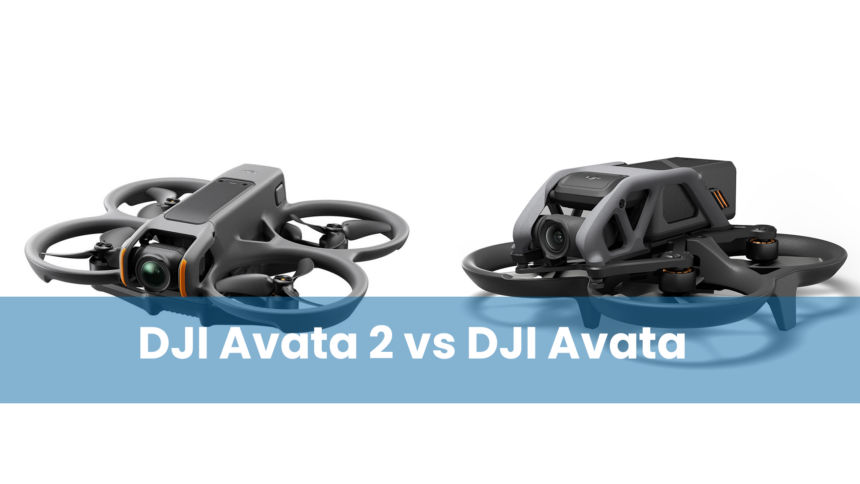
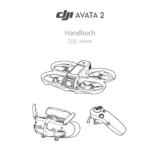
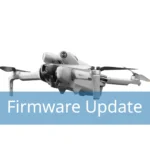
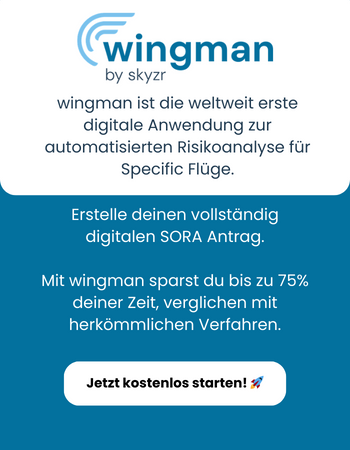
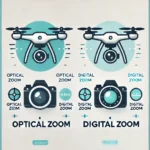
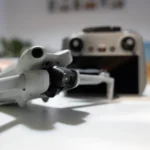
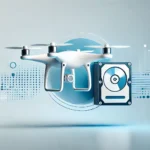
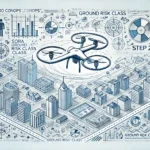

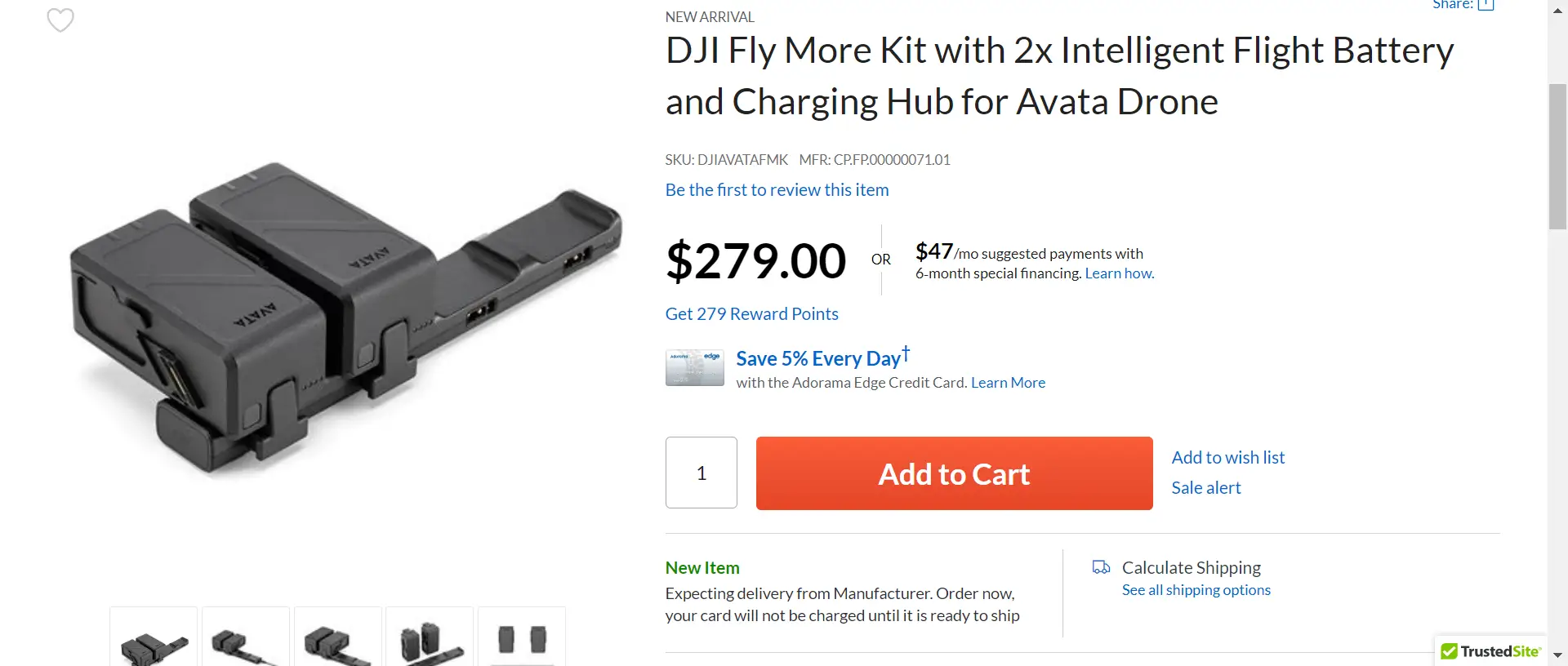
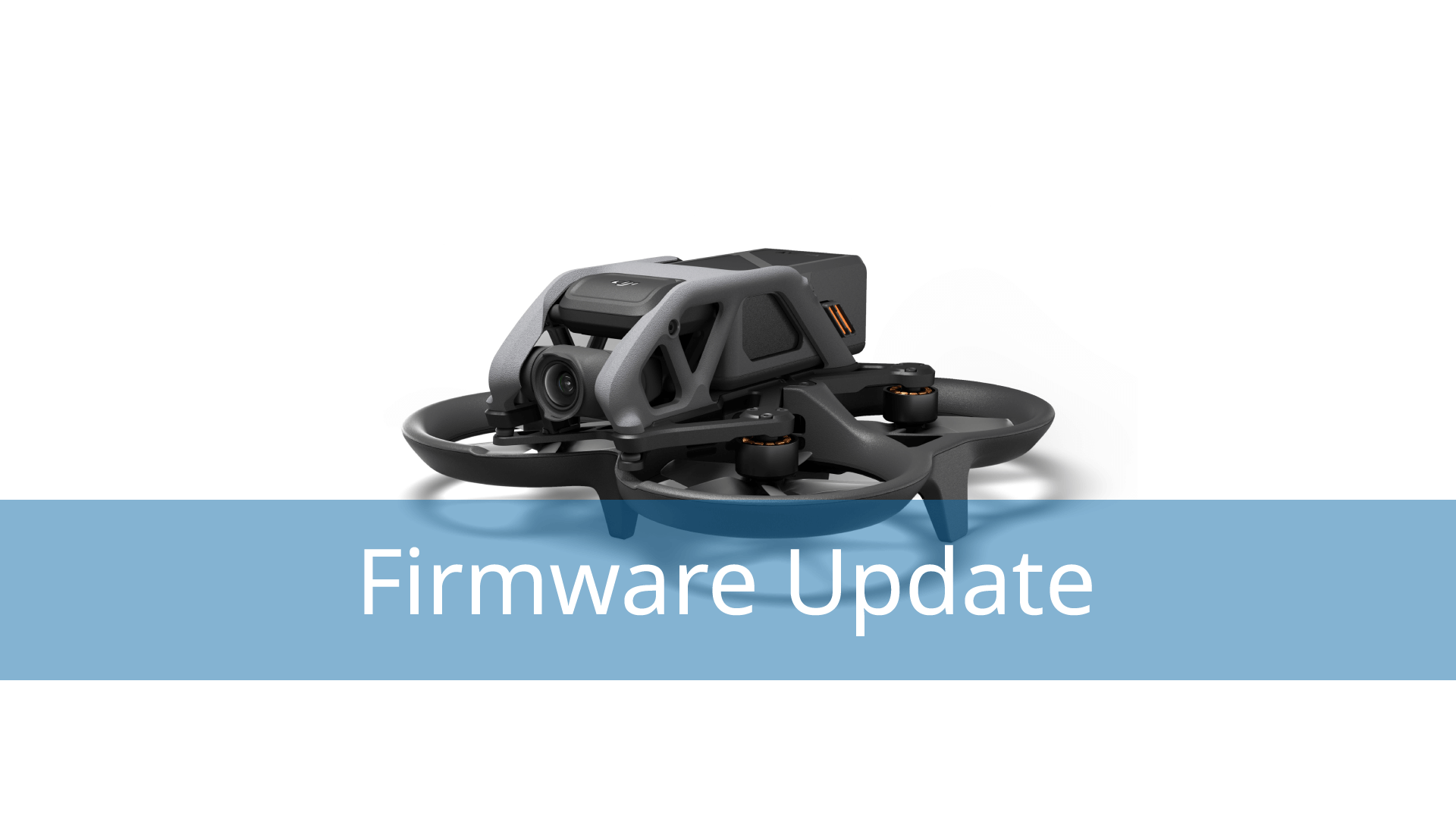
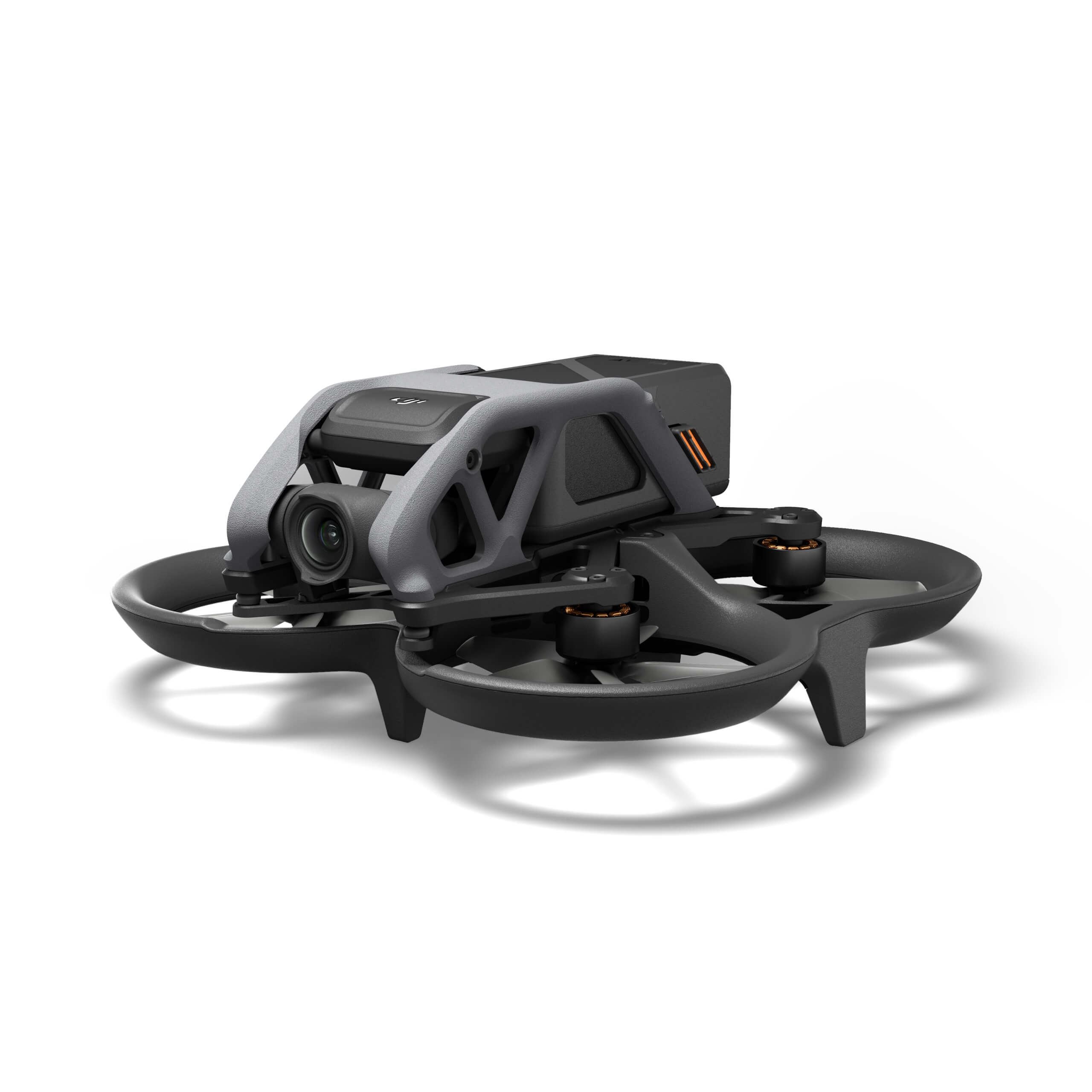
Bisher keine Antworten.
Lade neue Antworten
Nimm an der gesamten Diskussion im Drohnen Forum teil →